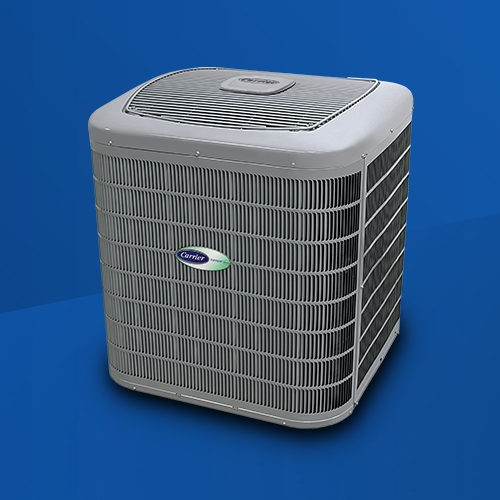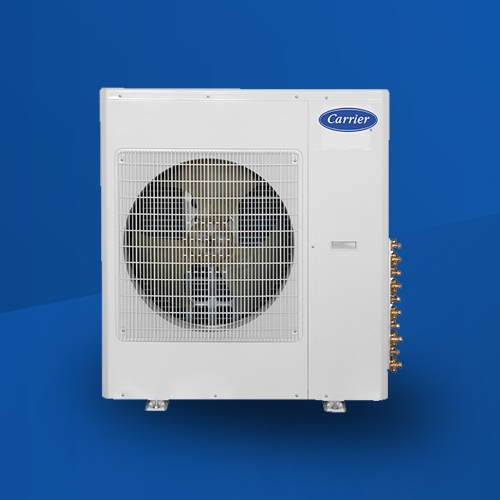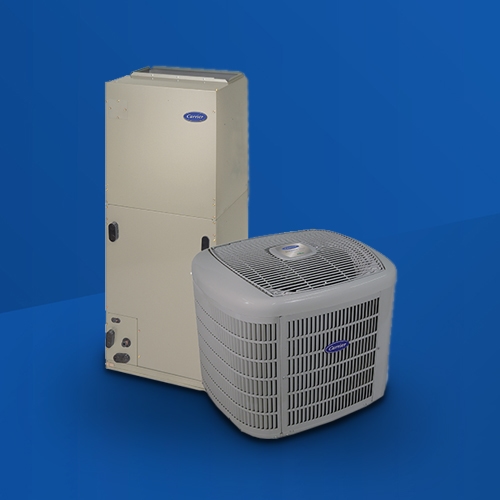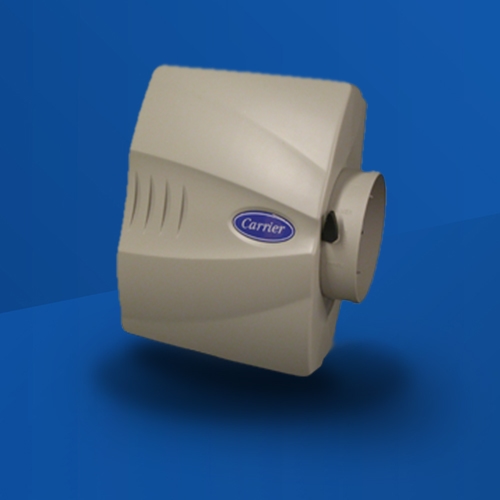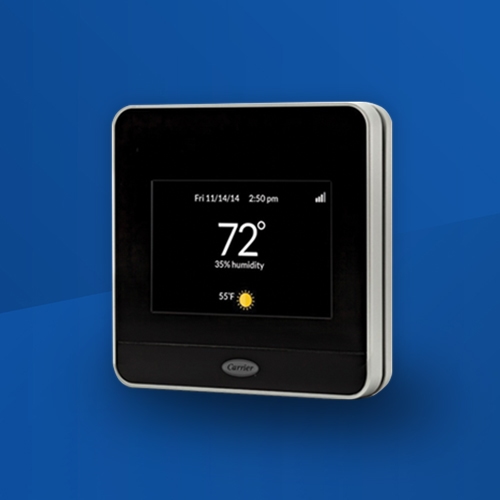At Tri-City Heating & Air Conditioning, we understand the importance of a dependable furnace in keeping your home warm and cozy during the colder months. A well-functioning furnace not only enhances your comfort but also contributes to energy efficiency, ensuring that your utility bills remain manageable. Our team is dedicated to helping you choose the right furnace for your specific needs, whether it’s a gas, fuel oil, or electric model.
Tri-City Brings the Heat! Give us a call for your heating needs.
A furnace is a device that produces heat, using combustion or resistance from gas, fuel oil or electricity. The central air systems that are used today have many parts that allow your air to be heated efficiently.
Most of the furnaces produced today consist of a heat exchanger, a secondary heat exchanger (depending upon the efficiency rating), an air circulation blower, a flue draft blower, gas control valve, burners, pilot light or spark ignition, electronic control circuitry, and an external thermostat. The modern furnace is highly efficient (80 to 98%), allowing only 2 to 20% of the heated air to escape up the exhaust flue.
When heat is requested from the thermostat, the burners light and throw heat into the primary heat exchanger. The heated air then flows through the secondary heat exchanger (90% to 98% efficient furnace only) to the exhaust flue. The average furnace has three heat exchangers each producing 25,000 BTUs for a total of 75,000 BTUs. A flue draft blower is placed in the exhaust flue to supercharge the burners and increase efficiency. The heat exchangers perform two functions: they transfer heated air from the burners to the home and allow dangerous exhaust gases to escape up the exhaust flue. The transferred heated air is then circulated throughout the home by a large blower and ducts throughout your home.
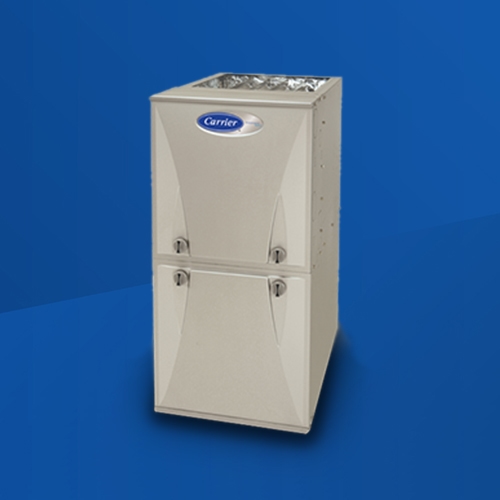
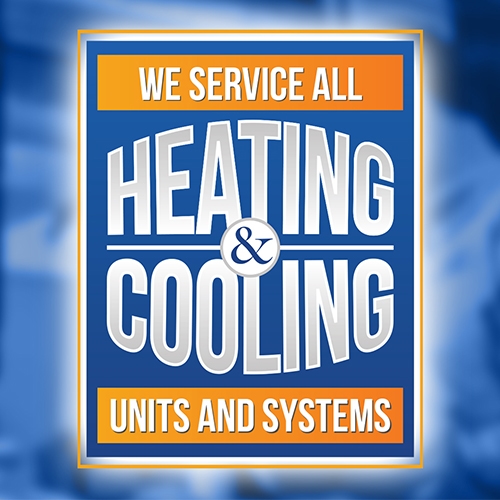
Investing in a high-efficiency furnace is a smart choice for any homeowner looking to achieve a comfortable indoor environment while lowering energy costs. Our knowledgeable technicians are here to guide you through selecting, installing, and maintaining your furnace, ensuring optimal performance and longevity. Trust Tri-City for all your heating needs—let us bring the heat to your home! Contact us today to learn more about our furnace products and services.








